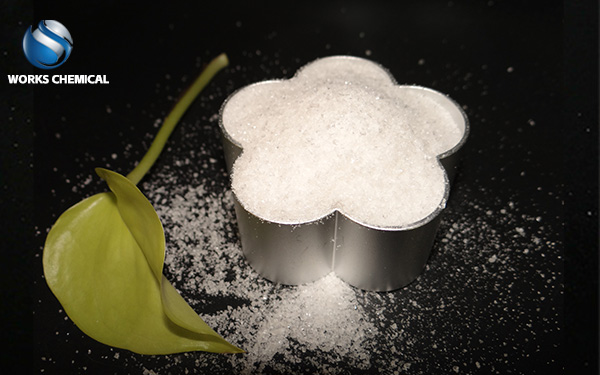
The high water content of municipal sludge may indeed be related to the improper selection of sludge conditioner. Here are some tips on how to choose the right sludge conditioner:

The role of sludge conditioner
The main function of the sludge conditioner is to change the surface charge, particle spacing and filtration performance of the sludge, thereby helping to reduce the water content of the sludge.
Two, the type of sludge conditioner
Flocculants: Common flocculants are polyaluminum chloride (PAC), polyacrylamide (PAM), etc., which can promote the particles in the sludge to aggregate into larger clumps, which is convenient for subsequent settlement and separation.
Dispersant: used to disperse the particles in the sludge, make it disperse evenly, avoid the formation of clumps, and improve the fluidity and miscibility of the sludge. Chemicals such as polyphosphates can be used as dispersants.
pH regulator: used to adjust the pH value of the sludge to make it in the appropriate range. Commonly used are acid regulators (such as hydrochloric acid) and alkaline regulators (such as sodium hydroxide, calcium hydroxide).
Oxidizer: used to oxidize organic matter in sludge, promote its degradation and stabilization. Commonly used hydrogen peroxide, potassium permanganate and so on.
settler: used to speed up the settling rate of particles in the sludge and improve the settling efficiency.
Sludge dewatering agent: also known as sludge conditioner, it has the advantages of less dosage of agents, low cost, breaking the bottleneck of sludge dehydration, and achieving efficient concentration and dehydration. It can reduce the moisture content of the sludge from more than 90% to 40%~60%, and fully realize the reduction of sludge.
Three, the method of selecting the appropriate sludge conditioner
According to the nature of the sludge selection: different types of sludge composition is different, the required conditioner should also be different. For example, the sludge containing more organic matter can use organic polymer sludge conditioner; Polyferric sulfate conditioner can be used for sludge containing higher inorganic salts.
Consider cost factors: In the selection of conditioners, in addition to considering its effect, it is also necessary to consider its cost factors, such as price, transportation costs, etc., to ensure that the selection of cost-effective conditioners.
Combined with operating experience and technical parameters: In practical applications, according to the existing operating experience and technical parameters, combined with the characteristics of different conditioners, choose the conditioner suitable for their own conditions.
Other measures to reduce sludge moisture content
In addition to choosing the right sludge conditioner, the following measures can also be taken to reduce the moisture content of the sludge:
Optimize the sludge treatment process: By improving the sludge treatment process, improve the dewatering efficiency of the sludge, thereby reducing the water content.
Increase sludge pretreatment: pretreatment before sludge dewatering, such as chemical conditioning, physical conditioning, etc., helps to improve the dewatering performance of sludge.
Selection of advanced dewatering equipment: The use of advanced sludge dewatering equipment, such as plate and frame filter press, belt filter press, etc., can further improve the dewatering effect of sludge.
In summary, choosing the right sludge conditioner is crucial to reducing the moisture content of municipal sludge. At the same time, it is also necessary to combine other measures to jointly improve the treatment effect of sludge.